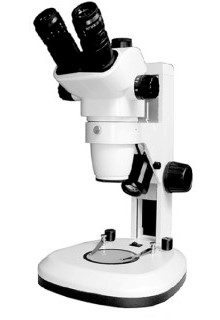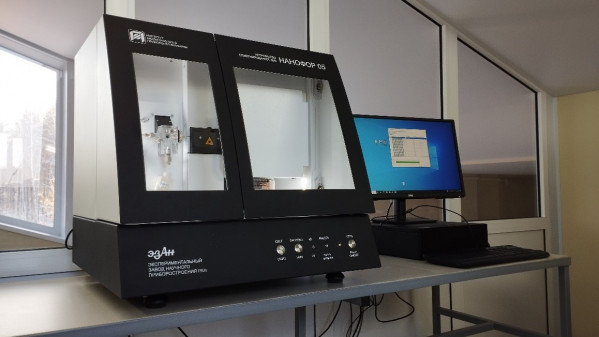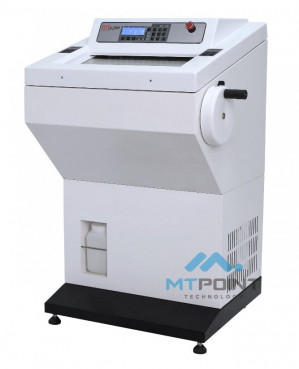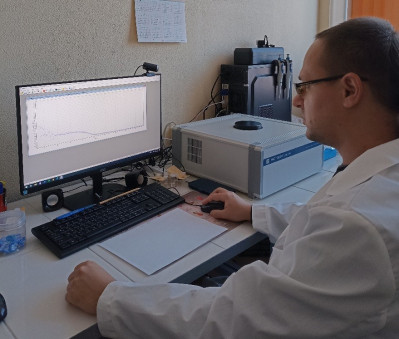Updating of the Institute instrument base
The instrumental base of LIN SB RAS is restocked with new equipment.
Nanofor 05 genetic analyzer
The first home-produced 8-capillary sequencer (Sanger sequencing). The main applications of the instrument are de novo sequencing and resequencing, fragment analysis: microsatellite analysis, LOH, AFLP, study of single-nucleotide polymorphism (SNP) and others. The openness of the system enables to work with capillary electrophoresis kits of both foreign and Russian manufacturers.
MCM-3500 automatic microtome-cryostat (freezing microtome)
It was developed for obtaining thin tissue sections; the microtome-cryostat ensures fast cooling, significantly reducing the time required to freeze a biological sample. Minimum temperature in the refrigerating chamber is -35°С. Illumination and heating of glass provide clear visibility to observe the cutting process in the chamber. The freezer shelf may be cooled to -45°C and holds 8 samples, two of them may be further cooled to -55°C. Ozone or UV sterilization, freezing mode, sleep mode may be activated automatically according to a preset schedule or manually. It is possible to use low and high profile blades. The instrument is versatile, and the sample holder allows to cut paraffin blocks, which is especially good for laboratories with little research and small budgets.
Photocor - multi-angle complex to analyze the size and zeta potential of nanoparticles
Designed to measure the following characteristics of dispersed particles:
- particle size
- zeta-potential
- molecular mass
- diffusion coefficient
The working principle is based on the method of static and dynamic light scattering (photon correlation spectroscopy). The size of particles dispersed in the liquid and the molecular mass of polymer molecules are determined by measuring the correlation function of fluctuations of the scattered light intensity and the integral scattering intensity. The principle of zeta potential measurement is founded on the method of dynamic light scattering in the flow velocity measurement mode (in the laser Doppler anemometer mode). The range of measured sizes varies between percent of nm to 10 µm measurements.
BiOptic CS-300 Stereoscopic Microscope

Designed for studying objects with three-dimensional perception. The built-in aperture diaphragm enables to achieve maximum contrast when working. Ergo-tube makes working with the microscope more comfortable. The angle of inclination is from 5 to 45 degrees. A huge 1:12.5 zoom range enables to zoom-in without losing focus. There is a transmitted light tripod for light, dark field and oblique lighting. There is a visual display system for monitoring and recording processes. It may be equipped with a thermal table with surface temperature control.






